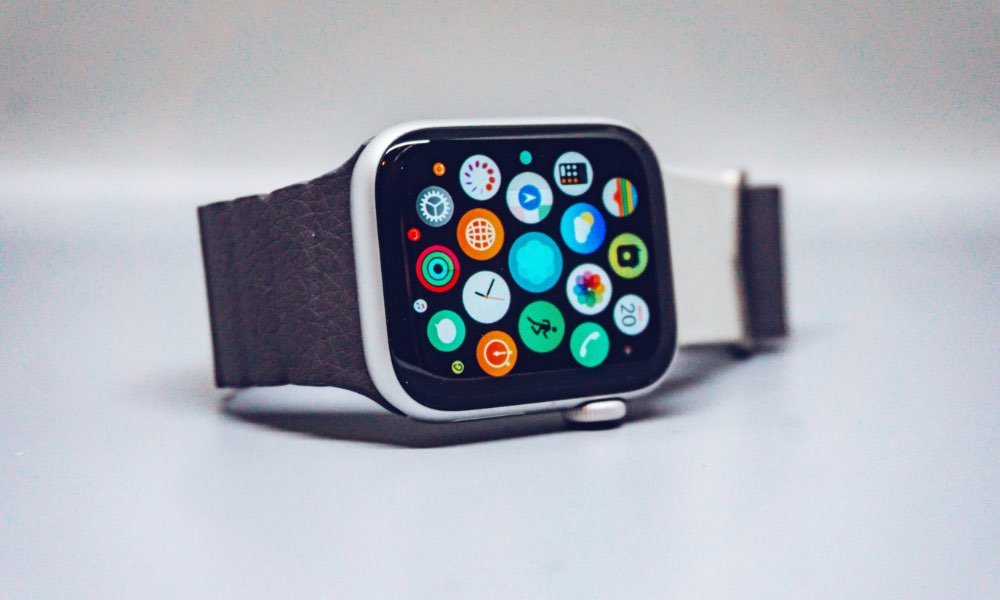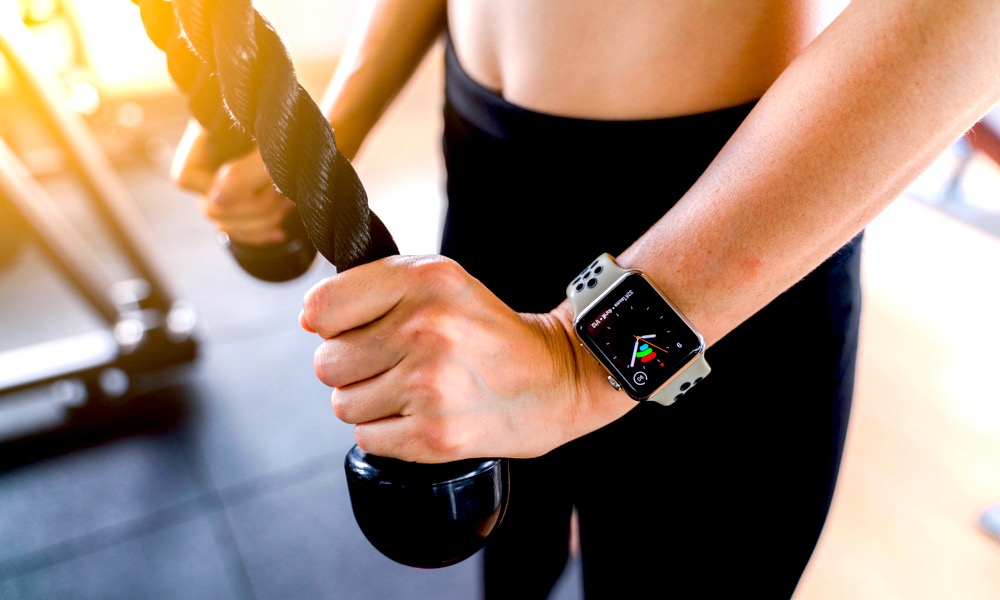Your Apple Watch Could Be a Health Hazard
 Credit: Simon Daoudi
Credit: Simon DaoudiToggle Dark Mode
Despite all of the fantastic health benefits and life-saving features the Apple Watch offers, researchers and medical professionals have discovered some surprising ways in which Apple’s wearable can be bad for your health.
For one thing, some doctors have found the health monitoring features can cause people to fret about their health needlessly. This can result in higher levels of anxiety and needless visits to hospital emergency rooms. That’s not to say you should ignore your Apple Watch if it alerts you to a potential problem, but on the flip side, you also shouldn’t assume you don’t have a problem just because your Apple Watch isn’t sounding the alarm. The Apple Watch is highly accurate at detecting many things, but it also has its blind spots.
However, heightened health anxiety or a sense of false security may be the least of the problems your Apple Watch could be causing you. It turns out your wearable — or more specifically, your Apple Watch band or strap — is likely harboring frightening levels of bacteria.
The New York Post reported this week on a new study published in the June 2023 edition of the science journal Advances in Infectious Diseases on “the potential role of personal items in the transmission of pathogens.” Researchers from Florida Atlantic University (FAU) analyzed a variety of wristbands from Apple Watch and Fitbit devices and discovered “shocking” levels of bacteria, says the Post.
These weren’t benign organisms, either. Nearly all of the wristbands they examined were contaminated with some type of dangerous bacteria, with the most common being Staphylococcus spp, the cause of staph infections, found on 85% of the bands.
Researchers noted that the Staphylococcus spp “was not unexpected” as it’s a common skin microbiota. However, 30% also carried Pseudomonas spp, and 60% had enteric bacteria, which the paper said is of “public health significance” even at lower levels.
Perhaps not surprising was the discovery that the texture of the wristband material was a significant factor in the bacteria load, as was the activity and hygiene of the subject at the time the sample was taken. Most pathogens were most abundant on cloth and rubber wristbands, while metallic gold and silver wristbands showed the least contamination by a very wide margin.
Nearly all wristbands (95%) were contaminated, with the highest average numbers of 3.46E+4 cfu/cm2 and 1.52E+4 cfu/cm2 on rubber and plastic bands respectively. Metallic gold and silver wristbands had zero to 18 cfu/cm2. Prevalence and Disinfection of Bacteria Associated with Various Types of Wristbands, Advances in Infections Diseases Journal, June 2023
Researchers added that “the trend of bacteria load was cloth ? plastic ? rubber ? leather > metal,” with a gold wristband having virtually no bacterial contamination (0 cfu/cm2).
The environment and activity of the wearer naturally played a role as well. For example, the discovery of the E. coli group of bacteria was most commonly associated with “animal handling activity by a veterinarian.”
Still, the key takeaway here is that not only can bacteria live on your Apple Watch band, but there’s probably a lot more of it there than you’d expect. Most of us wear our Apple Watches every day in many environments where bacterial contamination can occur, from sweaty gyms to public restrooms.
Further, thanks to sleep tracking capabilities and fast charging, it’s not uncommon for many folks to wear their Apple Watch 23 hours per day. The warmth of your wrist against the underside of the Apple Watch wristband creates an ideal environment for bacteria to thrive.
To be clear, this problem isn’t exclusive to the Apple Watch or even other fitness trackers like Fitbit. Even traditional watches can harbor harmful bacteria, especially if they use fabric or rubber straps. Ironically, the shorter battery life of the Apple Watch may be helpful in this case compared to other fitness trackers. One avid runner interviewed by the Post said she’s worn her Fitbit “practically 24/7 for the past 2½ years,” taking it off only once a week to recharge it.
Fortunately, this is an easy problem to solve, as most of the bacteria found by researchers can be easily washed away with everyday household disinfectants. The problem is that most of us don’t think about these things, and those who do might be unsure about the best way to go about it.
Routine cleaning of wristbands is commonly ignored due to perceived lack of need and ignorance of the sanitation process. Prevalence and Disinfection of Bacteria Associated with Various Types of Wristbands, Advances in Infections Diseases Journal, June 2023
Unfortunately, cleaning your band with soap and water may not be enough. Researchers compared Lysol Disinfectant Spray, 70% ethanol, and apple cider vinegar as potential cleaning agents. The first two were “high effective regardless of wristband material” and killed more than 99.99% of bacteria within 30 seconds. Apple Cider Vinegar (ACV) was less potent, taking up to two minutes to reduce the bacterial count to a similar level.
Wristbands, often worn daily without routine cleaning, may accumulate potentially pathogenic bacteria. However, the quantity and taxonomy of bacteria found on the wristbands in this experiment show that there is a need for regular and popular sanitation of these surfaces.Prevalence and Disinfection of Bacteria Associated with Various Types of Wristbands, Advances in Infections Diseases Journal, June 2023
The bottom line? You should clean your Apple Watch wristbands regularly with an alcohol-based disinfectant and do so after rigorous workouts — activities which the study showed resulted in the highest levels of bacteria.








